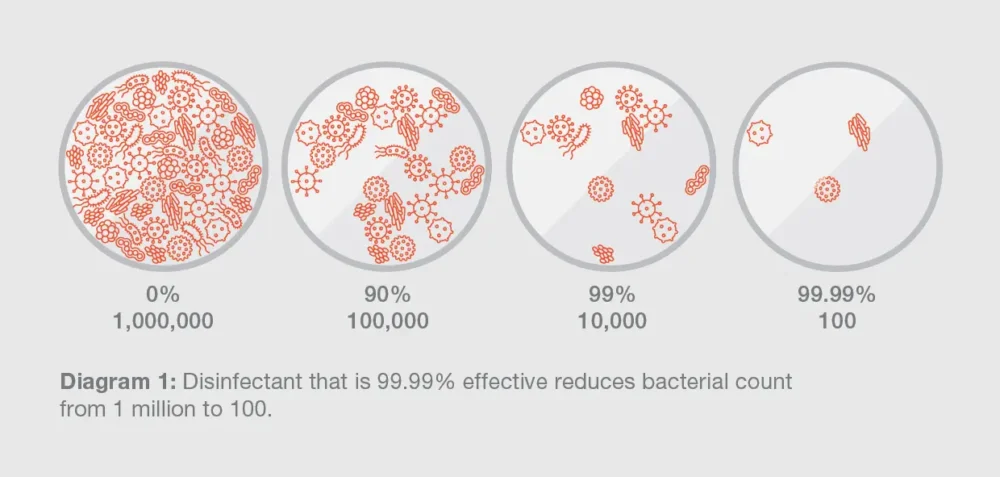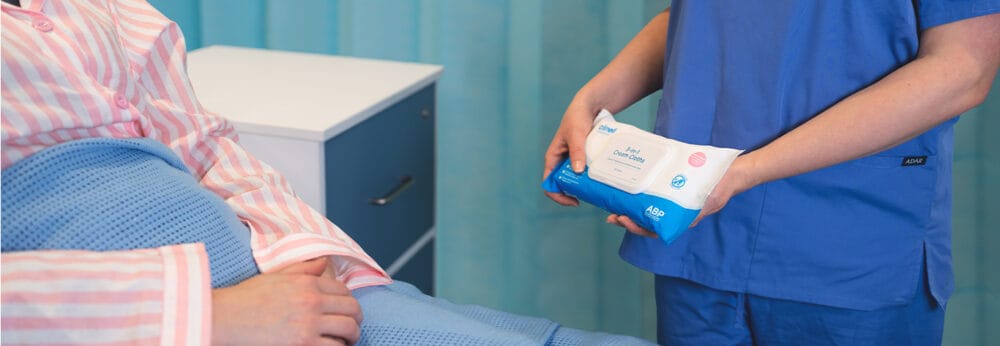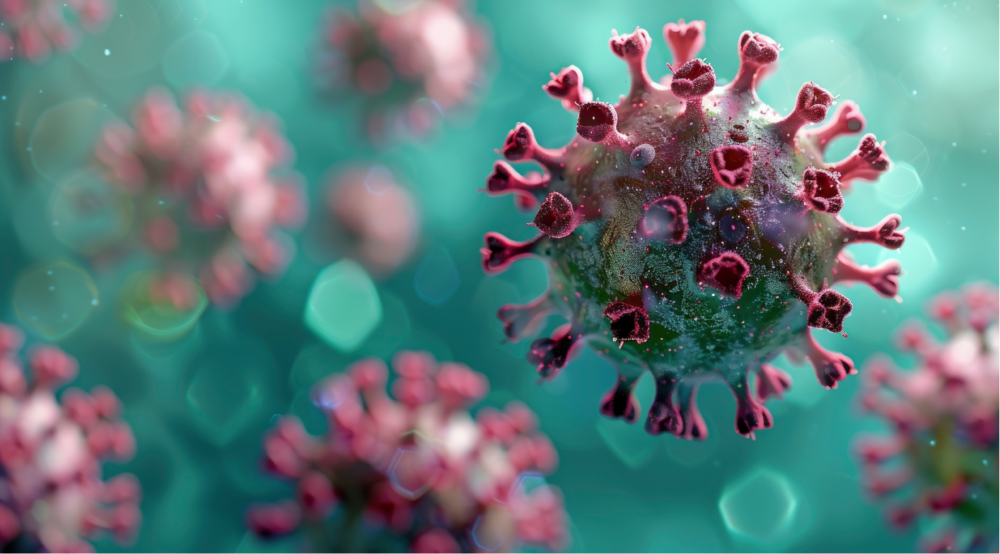Posted
26th May 2022
Research
6 considerations for cleaning your dental equipment and surfaces
Effective cleaning and disinfection are an essential component of your dental infection prevention program. Choosing the correct cleaning and disinfection product saves you time and money. This also keeps your staff and patients safe from potentially harmful bacteria and viruses.
What is the difference between cleaning and disinfecting?
Detergents help lift dirt and germs for easier removal but have no killing capacity, whereas disinfects kill germs rather than clean them away.
Organic soil reduces the ability of disinfectants to kill, so surfaces must be pre-cleaned with a detergent.
Combined detergent and disinfectant products lift and remove soiling, then kill germs left behind. This is known as a 2-in-1 system. A 2-in-1 system saves time, storage, and costs and reduces the risk of missing one of the steps. For example, missing the pre-clean detergent or disinfection step could result in ineffective disinfection.
Other considerations
Therapeutic Goods Administration (TGA)
Hospital-grade disinfectants are suitable for use on hard surfaces within healthcare environments, whilst disinfectants registered as Class IIb – Low-level instrument grade are listed for use as medical devices and comply with AS/NZ 4187.
The ARTG certificate will state the product’s intended purpose and which organisms the disinfectant has been tested as effective against. To make claims against a specific germ, testing must be performed in an accredited laboratory and the results provided to the TGA for assessment. The TGA has published a list of disinfectants that are permitted to claim they are effective against COVID-19.
Realistic contact time
Contact time is the time that a disinfectant must remain in contact with surfaces to kill germs. Different disinfectants have varied contact times. Contact times should be found on the packaging.
If the instructions for use state a contact time of 5 minutes, the product must stay damp and in contact with the surface for a full 5 minutes to ensure that the germs are killed. Removal or drying off before this time risks ineffective disinfection.
Contact times should also be achievable. Long contact times may be difficult to achieve due to time limitations or evaporation.
Efficacy
You may consider 99% effective as impressive and adequate. However, when you consider that a surface or piece of equipment will have millions of germs on it, a higher efficacy becomes very important. Disinfectants that are 99.99% effective or above offer greater protection.
Diagram 1 illustrates the bacterial count on surfaces will reduce from 1 million to 100 when using a disinfectant that is 99.99% effective.

Compatibility and pH
A pH that is too high (alkaline) or too low (acidic) can be harmful to surfaces, as well to the person using it. Look for a disinfectant that has been tested as compatible for use on various surfaces, with a near neutral pH.
Limitations of Alcohol wipes
Alcohol is an inexpensive, widely available solution that leaves no toxic residue. It is predominantly used to disinfect small surfaces and objects. However, alcohol disinfectants don’t work well on dirty surfaces.
Surfaces must be pre-cleaned then dried before alcohol is applied. Surfaces left damp will dilute the alcohol. Because alcohol evaporates on a surface quickly, it is not a suitable choice for disinfecting large surfaces. Correct contact times are difficult to achieve with alcohol.
Additionally, alcohol can affect equipment and surfaces. After prolonged use, plastics can become brittle and crack. Rubbers may also be affected and become discoloured, hardened, or brittle.
Contact GAMA Healthcare for more information on safe cleaning and disinfection for your dental practice on (03) 9769 6600 or email australia@gamahealthcare.com.
SHARE THIS ARTICLE
Tags
Latest News
Advancing Continence Care with Clinell Contiplan: Expanded Indications, Pathways and Proven Outcomes
This World Continence Week, Clinell Contiplan 3-in-1 Cream Cloths introduce…
Celebrating 20 Years of GAMA Healthcare: Our Story
This month, GAMA Healthcare celebrates 20 years of helping prevent…
Norovirus and gastroenteritis outbreaks, the party ‘pooper’ you don’t want invited!
Recently, on 11 October 2024, NSW Health issued a health…
Clean Between to Reduce Healthcare-Associated Infections
Healthcare-associated infections (HAIs) are a significant concern for healthcare facilities…




